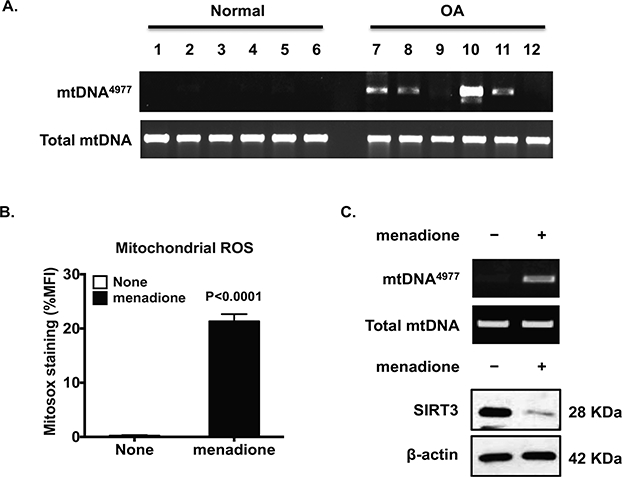Figure 1. Occurrence of mtDNA4977 deletion mutation in chondrocytes associated with excessive oxidative stress and SIRT3 deficiency.

Total DNA was directly isolated from human knee cartilage from 6 normal and 6 OA donors (A), or cultured primary normal human chondrocytes treated with menadione (50 μM for 2 hours) (top panel, C). PCR analyzed mtDNA4977 deletion mutation and total mtDNA as described in the Methods. MitoSox staining, followed by flow cytometry, was performed to assess mitochondrial superoxide (ROS) generation (B). SIRT3 expression was examined by Western blot analysis (bottom panel, C). Data in A represent n= 24 donors studied with 12 normal donors (7 males and 5 females, the mean age was 46.4±7.2) and 12 OA donors (5 males and 7 females, the mean age was 66.5±2.9). Ages and genders in A were 29 male, 21 male, 22 female, 21 female, 28 male, and 22 male for normal donors (lane 1–6), and 76 female, 75 male, 65 female, 53 male, 82 male, and 64 female for OA donors (lane 7–12). Data in B represent n=12 normal donors studied. Student t-test was used for statistical data analysis in B comparing none to menadione-treated chondrocytes (the mean difference: 19.02±1.108, 95% confidence interval (CI): 16.72 to 21.32, p<0.0001). Data in C represent 3 individual experiments with 3 different normal donors (2 males and 1 female, age 33, 44 and 39, respectively).
